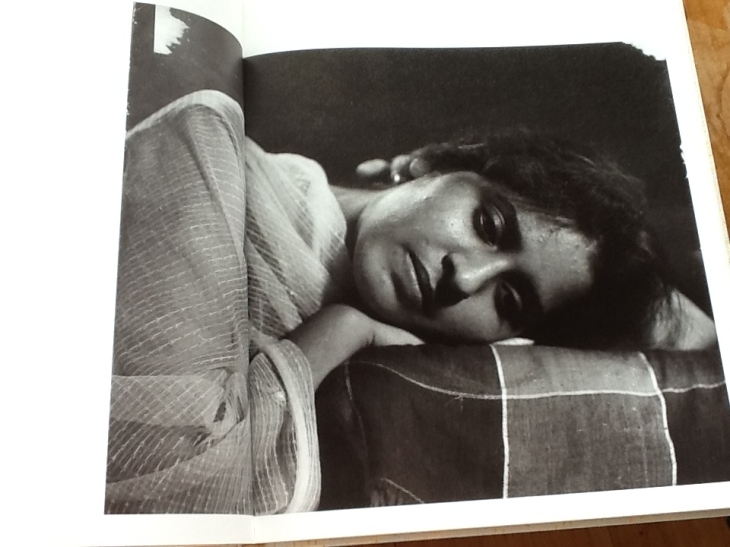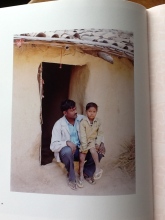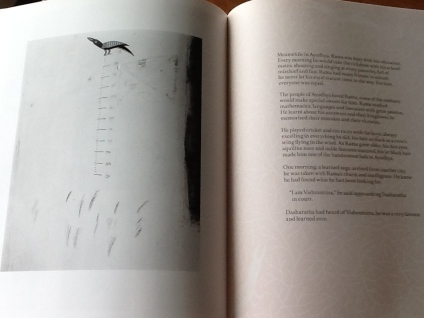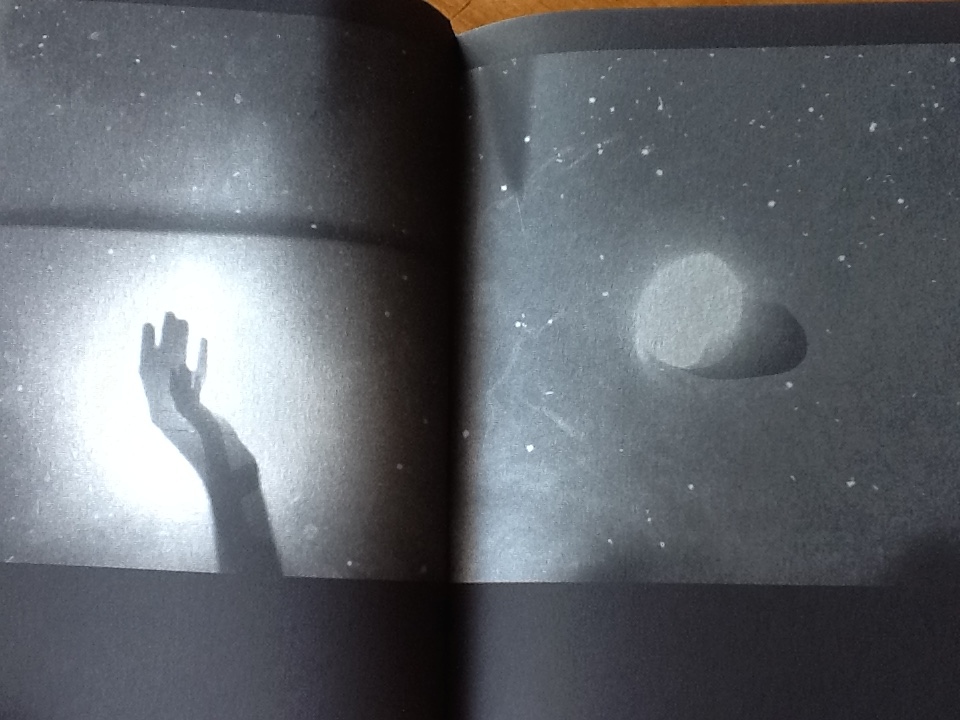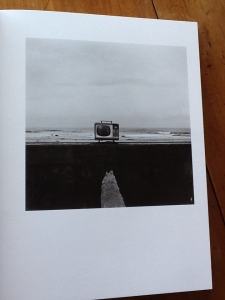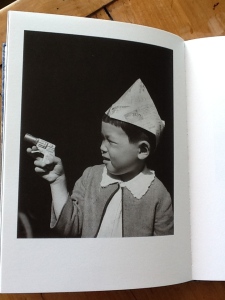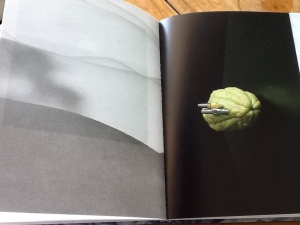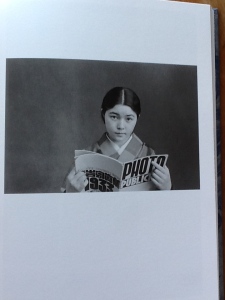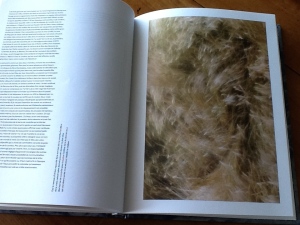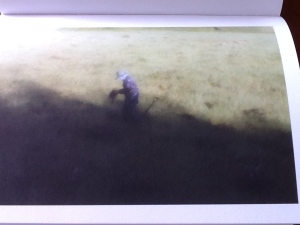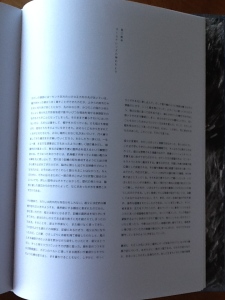
I have a sickness. I have it for years, as far as i can remember. It is a strange sickness, and it has no cure. It only seems to get worse. It is an emptiness, a lonelyness and then the continuous and obsessive eagerness for beauty and love. It seems to be never fulfilled, but sometimes it gets very close.
It has to do with childhood, and loss. And with living close to nature, spending hours in a wood, and walking alone in tall grass. It is something i miss every day. Maybe i am still like a child, not succeeding in being an adult.
So the books, the photography books keep me warm. Why photography is something i am not quite sure of. Maybe it is because it has so much to do with something that was here ( or wasn’t it? ) and is no more. A moment so close and nevertheless gone forever, with the illusion of somehow stopping time.


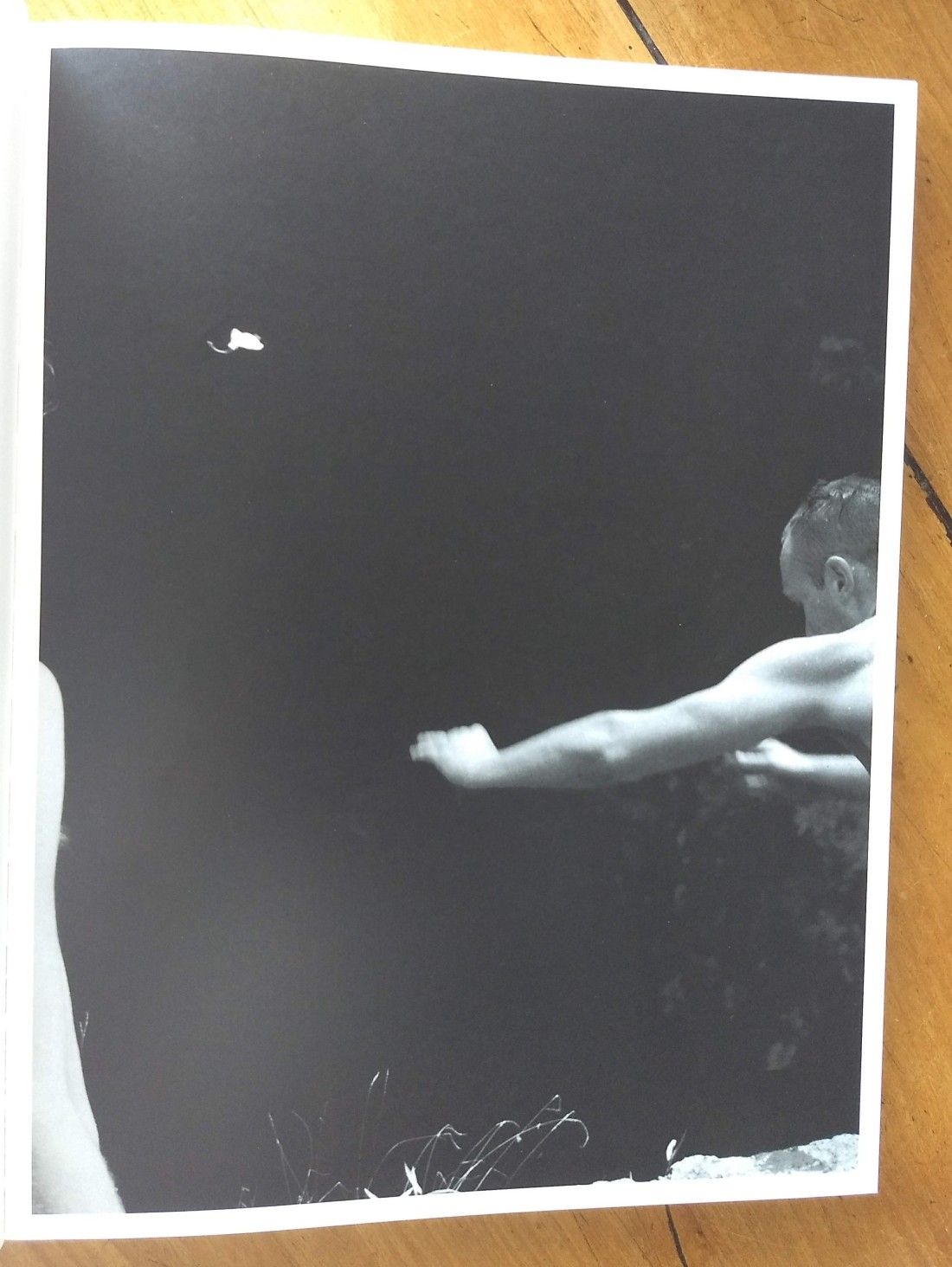






Of course it has to do with death, with passing and with keeping something that will manage to last, or so i hope.
Raymond Meeks photography keeps me warm, it has this kind of quality. It takes me back to my chilhood, in some way i cannot explain. It has to do with the sense of belonging and loosing this feeling, a painful nostalgia of something dear forever gone. The beauty of it is this so delicate way the bodies seem to blend into the lanscape, every detail necessary to make things happen into the air, into the perfect light. Something so natural and yet…
It is not so much about what we see first in these photographs that attracts me here, the masculine tribe of teenagers walking together in the wood, cheering on to avoid fear, helping each other before the lonely jump. There is a gravity, a solemn procession into something unknown but necessary, a ritual. Then there is the silent weightlessness, the beautiful movements drawing an unlikely dance in the dark.




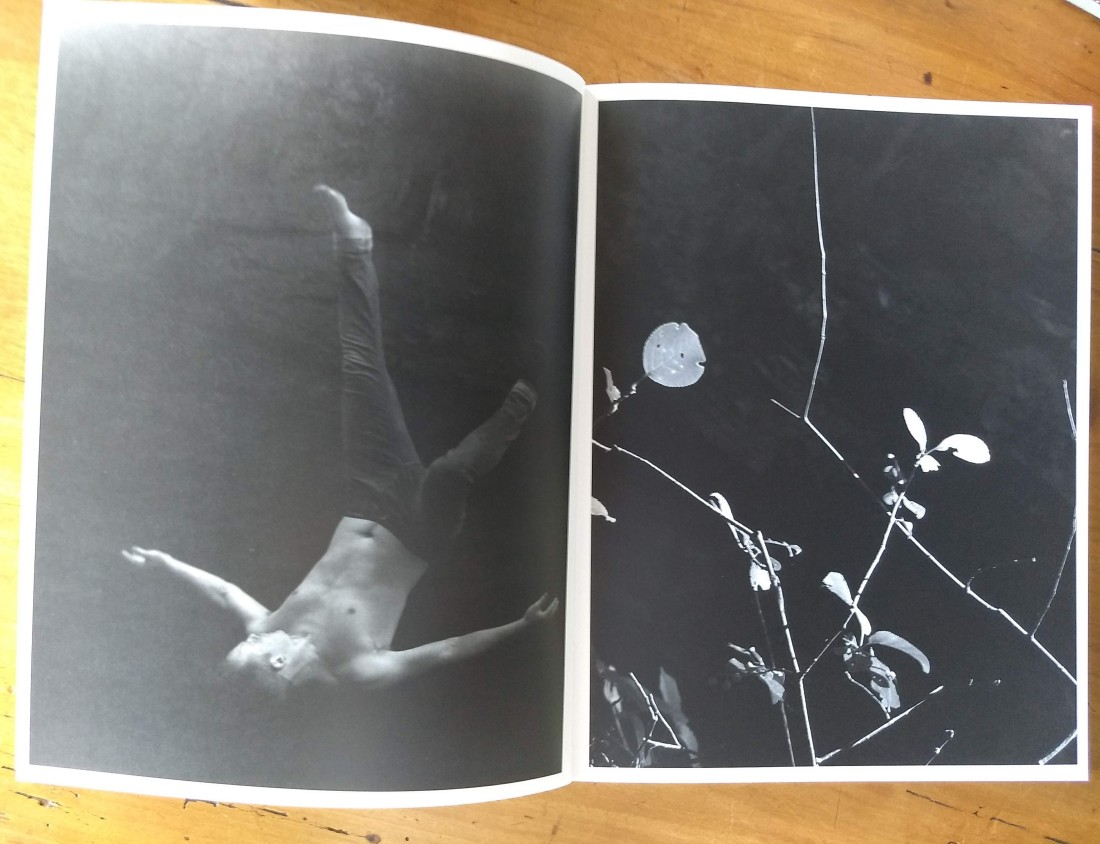



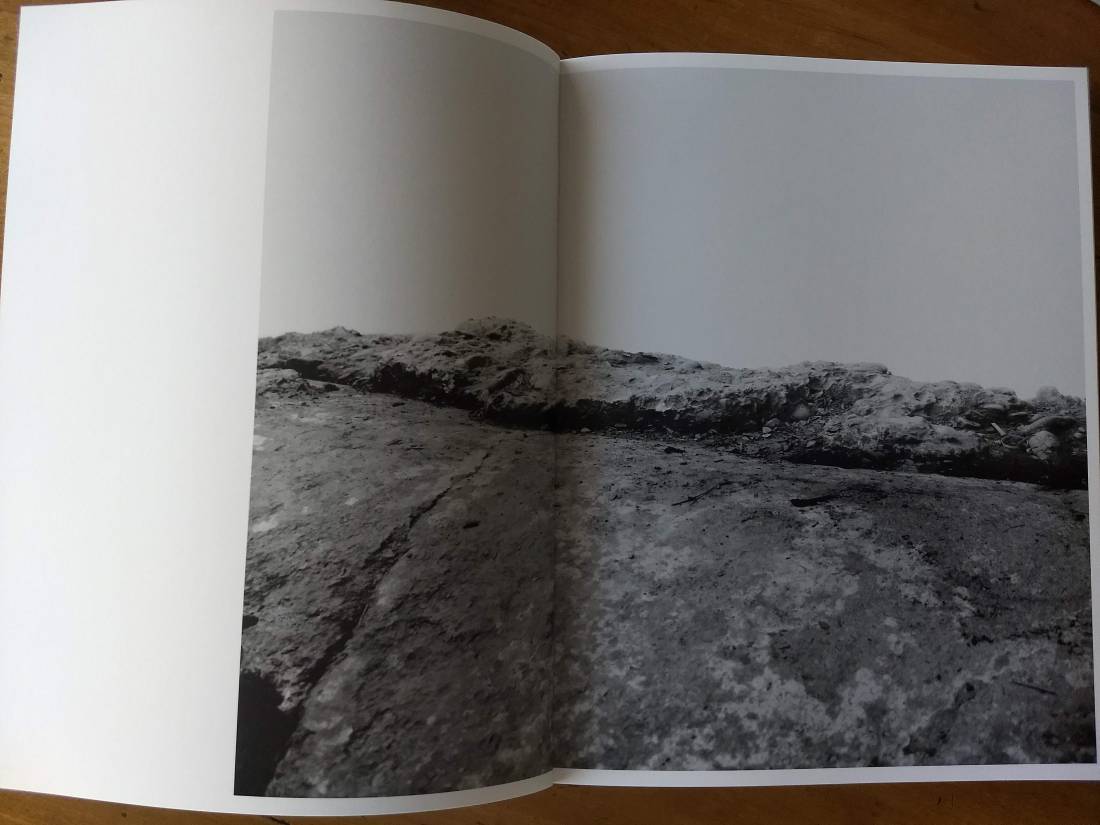
Is it my morbid vertigo? It surely has to do with my old fears. But Halfstory Halflife is so much more than fear and death. It is after all a celebration of life. It tells so well the vibration of the air in the mystery of darkness, the grace of youth in the awkward movements in the void, the certainty that there must be a tomorrow, a new beginning after that. Time stops for a second in this wood like in a sacred place, and everything is possible, away from average teenagers’ clumsyness. Nature is an adventurous place that carries dreams and hopes as well as fears. The jump is in the darkness, (no clear water here), except for one picture where the rock ends on a white surrounding, an even more frightening wall.

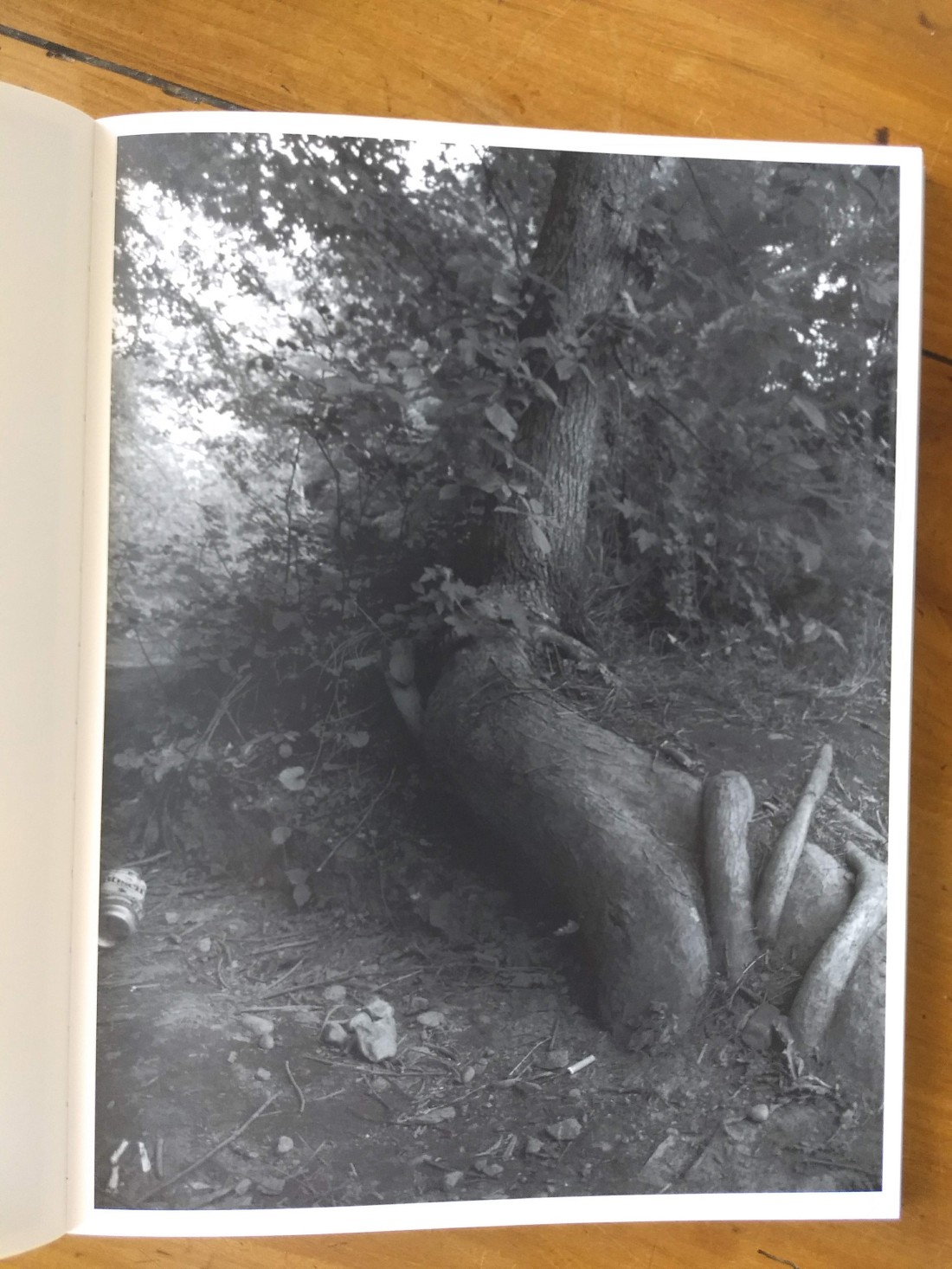






There is an absolute tenderness here, a delicacy in the form and spirit reflected among the fear and the masculine faces, the almost unfinished bodies . The acne boys boast and smile clumsily, but there is one picture of luminous and silent girls watching the scene. We can only imagine that they are going to jump too, but Meeks leave us wondering. Because their smile is a bit mischievous and teasing, they may only be the judges of the scene, the reason for all this is happening.
As for me, I can only see this darkness as a womb, the jump as a new childbirth, a beautiful movement of surrender, a moment of grace. What will happen after that is another halfstory.




I realize as i write these lines that my two favorite books of the year are this one and Birth by Carmen Winnant. It cannot be by accident. «I hope ya make it», i hope we all make it. Stay warm.
Halfstory halflife. Raymond Meeks. Chose Commune.
Softcover with flaps. 28×22 cm.
Black and white photographies. 144 pages.
Photographs and text, Raymond Meeks.
Editorial direction, Cécile Poimboeuf-Koizumi and Vasantha Yogananthan.
Design, Bureau Kayser
1° edition.
Chose Commune, France. 2018.

















